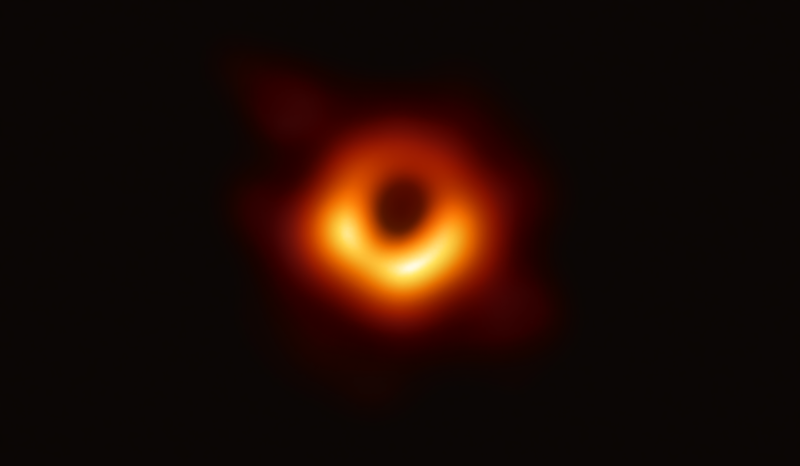Our galactic home, the milky way, hosts a Sagittarius A* Black Hole but we had not seen its image. That was until now after we got the First Direct Visual Evidence of its existence. The photo was taken by the observations of the Event Horizon Telescope Collaboration (EHT), an Earth-sized array of Eight – Observatories. Together, capturing the data of its constant and bulleting movements throughout a prolonged time.
The Sagittarius A* had previously made headlines after its discovery was cited as a “Supermassive compact object at the center of our galaxy” and bagged the 2020 Nobel Prize in Physics by Reinhard Genzel and Andrea Ghez. Earlier this week, Dr. Feryal Ozel, a professor at the University of Arizona and a member of the Event Horizon Telescope Science Council held a press conference and presented this groundbreaking discovery, an additional contribution to research by EHT Collaboration after previously developing the picture of M87 Galaxy’s Black Hole.

Known to be around 4 million times the mass of our Sun. As you can see a center-principal dark region, where the Black Hole is, is orbited by the light coming from magnificently heated gas around it under the cause of gravitational acceleration. For a similitude of understanding scale, the ring has the size of Mercury’s orbit around our Sun.

Breaking into the science of this image, we know that the image was taken in submillimeter radio waves, revealing the presence of the Black Hole in the heart of the galaxy, eating the nearby hydrogen gas, the clarity of the image to this extent took several years, from the data collected in 2017. As the Sagittarius A is continuously evolving, when compared to the data of the previously released M87 Black Hole, because the M87 was so massive that it takes hours to complete a full orbit due to the matter whirling around it, this means that we can observe M87 for a longer time, while having a shorter time to observe the Sagittarius A*, as it’s approximately 1,000 times less small than the M87 Blackhole, eventually having 1000 times faster change – Analogically speaking. The black hole lives about 27,000 light-years away from Earth.

Dr. Katie Bouman, a Computer Scientist & Astronomer at the California Institute of Technology, who also co-led the EHT’s Imaging Working Group explained that the orbit of matter around the BlackHole is so quick that it’s changing every minute. Comparing it with taking a time-lapse photo of a speeding bullet, is not easy to do, which took several years to bring the end product – The Image of the Sagittarius A* Black Hole. (Quoted from Scientific American)
Also, Read WHL0137-LS: THE EARENDAL, THE FARTHEST STAR WE KNOW TODAY

Fouz Siddiqui is a writer, academic and scientific management person. Presently, he is a Co-founder and Chief Information Officer at Scientia Magazine. As CIO, he oversees the implementation and strategization of Scientia’s technological and scientific vision. Concurrently, In academia, he holds a Lecturer and QM position at ATH – IST. As an academic, his research interests are Exoplanetary Sciences within Astronomy. Furthermore, he also works with Kainaat Studios, as its Manager of Science Outreach.

